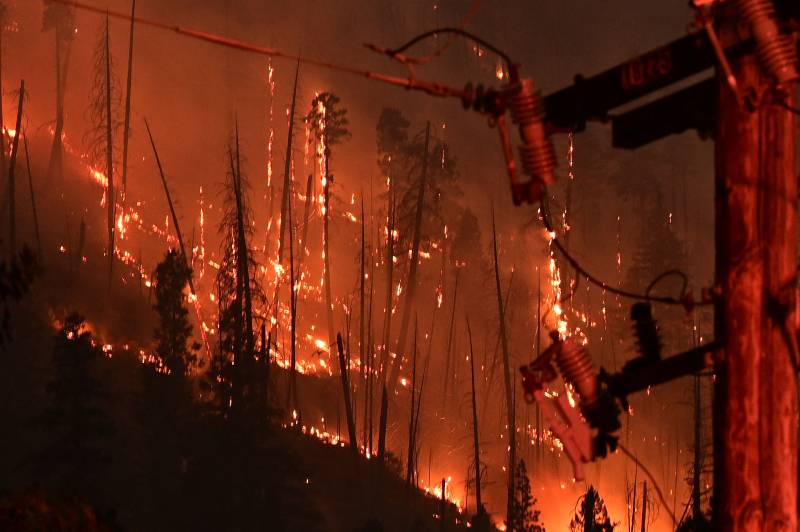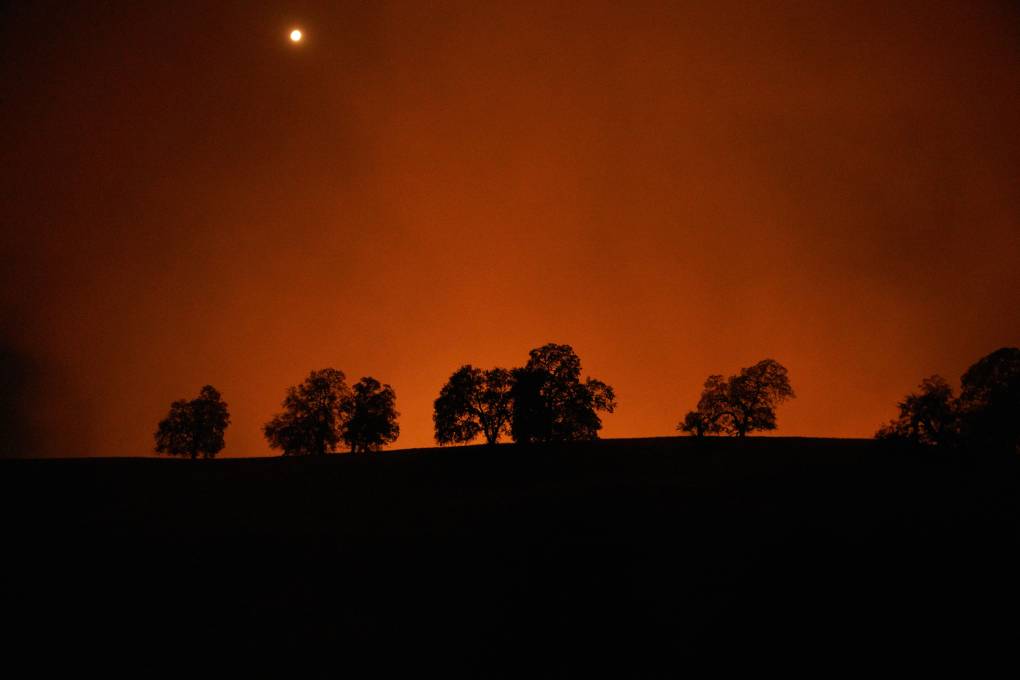A Northern California prosecutor said last week PG&E will face criminal charges because its equipment sparked a wildfire last year that killed four people and destroyed hundreds of homes. Shasta County District Attorney Stephanie Bridgett said her office hadn’t yet decided which charges to file, but it planned to do so before the September anniversary of the Zogg Fire.
PG&E said in the report filed Sunday that it was cooperating with the U.S. Forest Service’s investigation.
“The data currently available to PG&E do not establish the cause of the Fly Fire,” the utility said, noting that the information in the report was still preliminary.
PG&E officials were scheduled to testify Tuesday during a previously scheduled hearing by the Public Utilities Commission on the practice of companies instituting widespread power outages to prevent equipment from sparking wildfires.
PG&E, San Diego Gas & Electric and Southern California Edison were criticized for their chaotic and unprepared handling of shutoffs in October 2019. Regulators have blasted PG&E for a botched shutoff that left nearly 2 million people in the San Francisco Bay Area and Northern California without power. People couldn’t get information as websites and call centers crashed and local officials didn’t know what to tell panicked customers.
During a public safety power shutoff, a utility de-energizes its grid in order to prevent its equipment from failing and sparking a wildfire, often amid hot, dry and windy weather.


